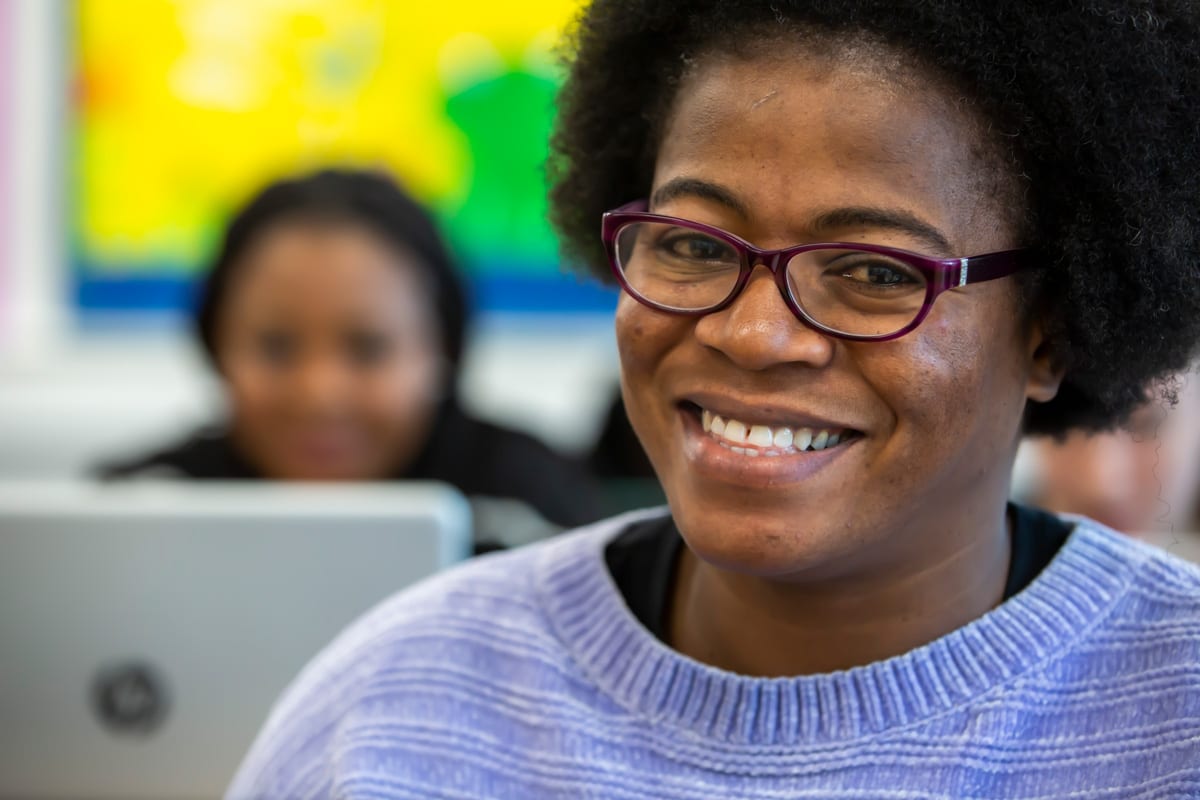
Diana Barkauskyte
Care
HNC Childhood Practice
“Studying at NESCol has pushed me out of my comfort zone and has made me the person I am today. I have had great experiences and the opportunity to apply my knowledge in childcare settings, which has made my learning more meaningful.”












